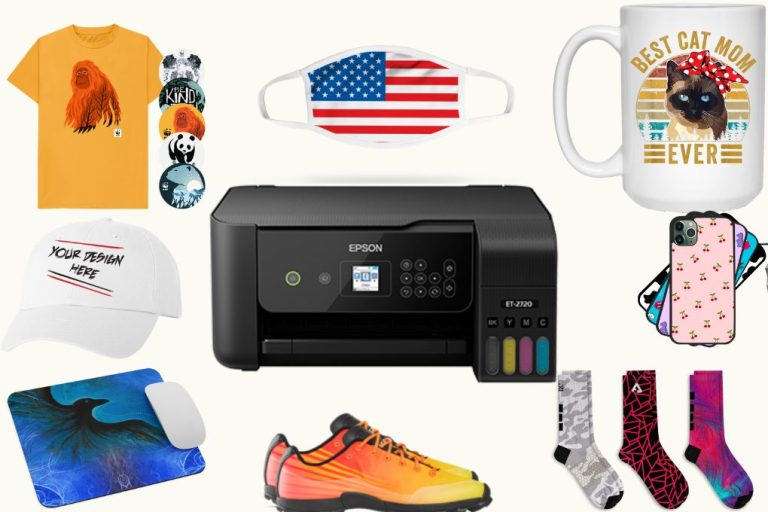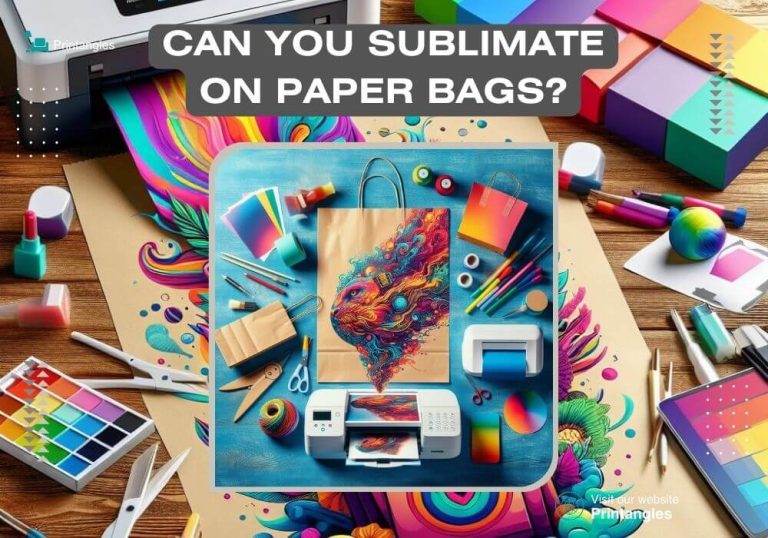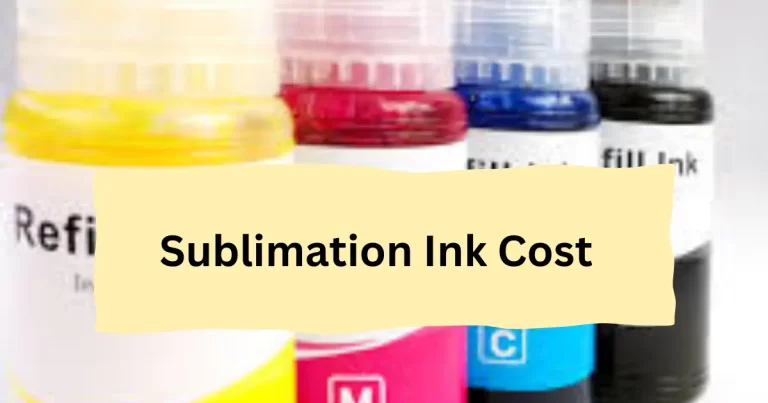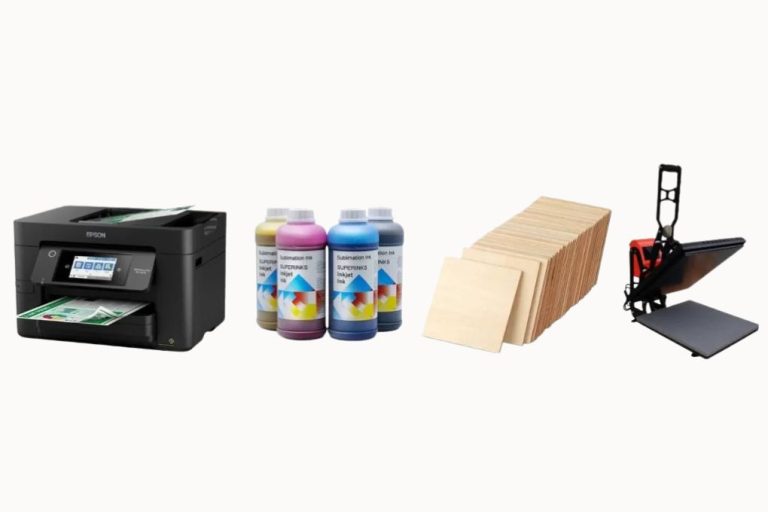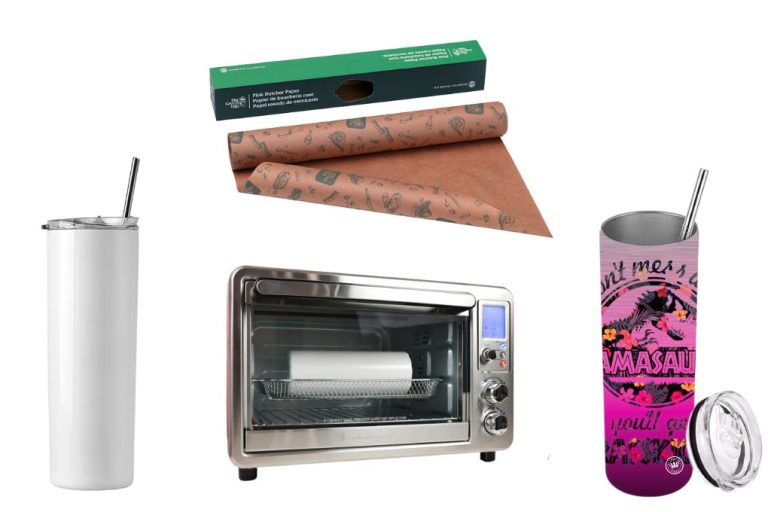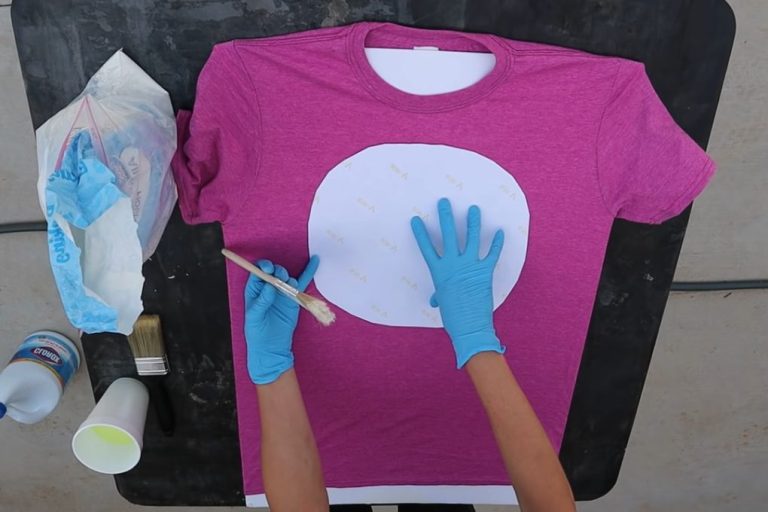Can You Sublimate Over Sublimation? Exploring the Uncharted
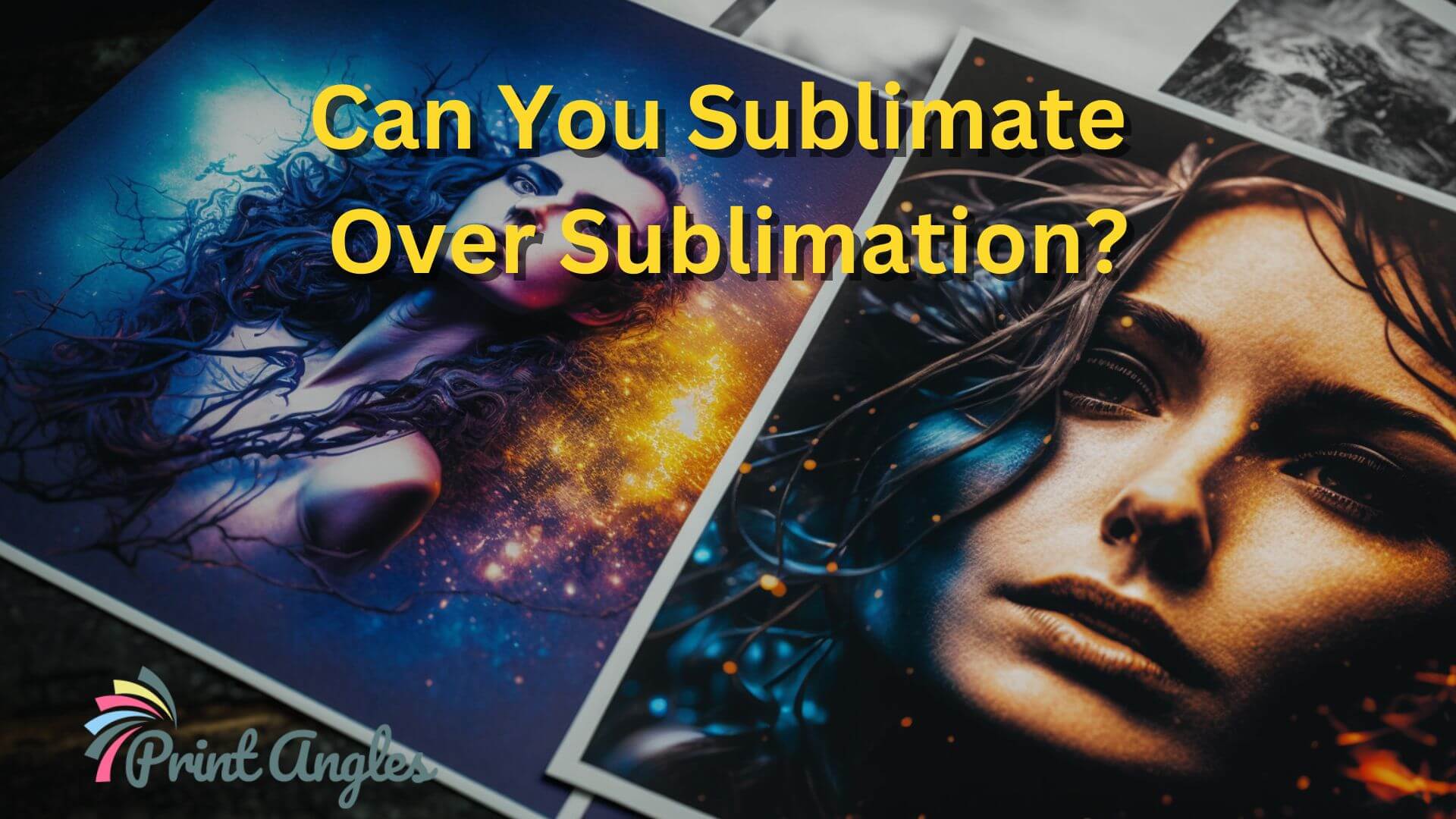
Welcome to the world of sublimation, where vibrant colors and intricate designs come to life on various surfaces. But what if I told you there’s a method that allows you to venture even further into the realm of creativity? A technique that enables you to sublimate over sublimation itself, pushing the boundaries of artistic expression to uncharted territories.
Get ready to embark on a captivating journey where traditional art forms meld with cutting-edge innovation, opening up a whole new reign of possibilities and unleashing the true potential of the creative spirit. Can you sublimate over sublimation? Let’s descend in and explore this mesmerizing concept that will leave you inspired and in awe of the boundless artistic horizons that await.
Table of Contents
- The Art of Layering: Can You Sublimate Over Sublimation?
- Best Practices for Layering Sublimation
- Can You Sublimate Over Sublimation on Different Items?
- Layering Sublimation: Pros and Cons
- Tips for Successful Layering of Sublimation Prints
- Layering Sublimation: Applications and Ideas
- Troubleshooting Common Layering Sublimation Issues
- Frequently Asked Questions (FAQs)
- Conclusion
The Art of Layering: Can You Sublimate Over Sublimation?
Understanding the Sublimation Process
Before discussing whether you can sublimate over sublimation, it is essential to understand the sublimation process. Sublimation is a captivating process that transforms a solid substance directly into a gas without going through the liquid phase. It defies the traditional concept of melting and evaporation, allowing materials to transition from a solid state to a vapor state seamlessly.
This unique transformation occurs when specific conditions of temperature and pressure are met, bypassing the liquid phase entirely. This process offers a host of creative possibilities, particularly in the world of art and printing, where it enables the transfer of vibrant colors and intricate designs onto various surfaces with remarkable clarity and durability.
By harnessing the power of sublimation, artists and creators can bring their imagination to life, making it an exciting technique that continues to push the boundaries of artistic expression.
Also Read: Heat Transfer Printers, Sublimation printing Tips and tricks, how to make sublimation coating?
Layering Sublimation: Is It Possible?
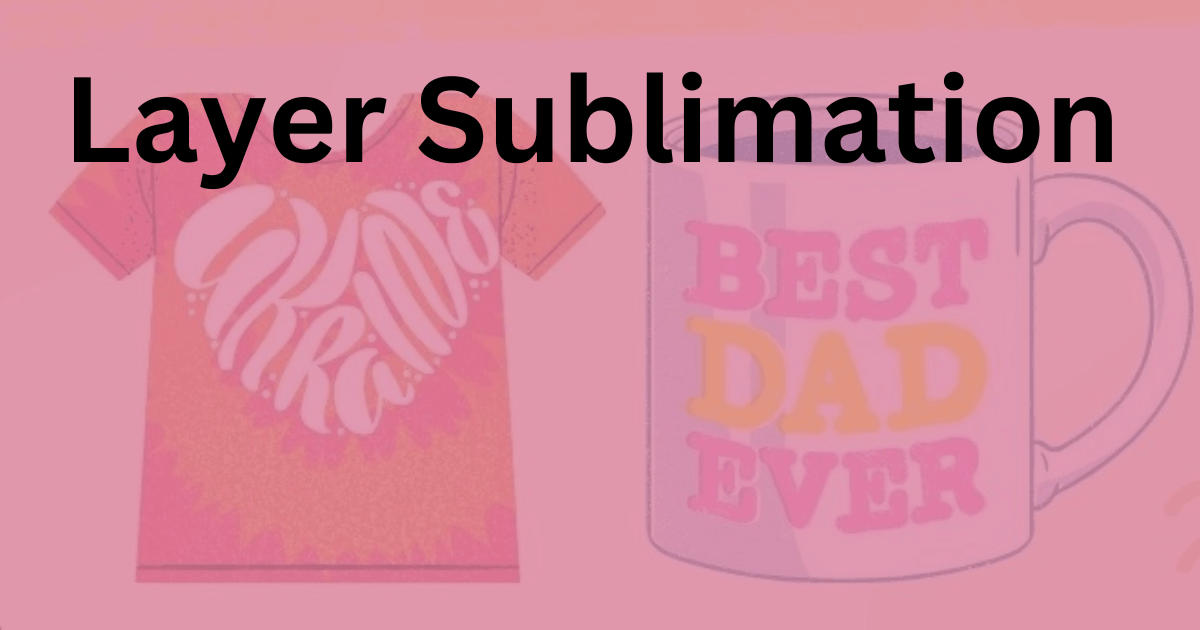
Layering sublimation is indeed possible and is a technique that allows for the creation of intricate and multi-dimensional designs. By layering different sublimation transfers, it becomes possible to achieve complex images with a range of colors, textures, and details.
This technique involves printing and transferring individual sublimation designs onto a substrate, and then layering additional designs on top of the initial base layer. The key to successful layering is careful alignment and registration of the different designs to ensure precise placement and avoid any overlapping or misalignment. Layering sublimation opens up a world of creative possibilities, allowing artists and designers to achieve stunning and dynamic visuals that truly stand out.
Why Layer Sublimation?
Layering sublimation offers several benefits and advantages for artists and designers who are looking for crisp and high quality final design. Here are a few reasons why layer sublimation is a popular technique:
Enhanced Complexity
Layer sublimation allows for the creation of intricate and complex designs that are visually captivating. By combining multiple layers of sublimation transfers, with each new layer artists can achieve depth, texture, and dimension in their artwork, giving it a more dynamic and realistic appearance.
Expanded Color Palette
With layer sublimation, artists can leverage a broader range of colors by using different transfers for each layer. This opens up possibilities for vibrant and nuanced color combinations, enabling the creation of eye-catching and visually stunning final product.
Customization and Personalization
This sublimation process allows for greater customization and personalization. Artists can mix and match different designs, patterns, and images to create unique compositions tailored to specific preferences or branding requirements. This level of customization adds a personal touch and helps designs stand out from the crowd.
Read More: Regular printer and transfer paper, making sublimation mug wrap
Increased Design Control
Layering sublimation provides artists with greater control over their design process. They can precisely align and position each layer to achieve the desired composition. This level of control ensures accuracy and helps artists bring their creative vision to life with precision and detail.
Recommended: Screen and Sublimation Printing, Personalized gifts and sublimation printing benefits
Best Practices for Layering Sublimation
- Choose the right material: Ensure that the material you use is suitable for sublimation. Materials like polyester and coated ceramics are ideal for this process. Check out our guide on types of sublimation for more information.
- Select a high-quality sublimation printer: To achieve the best results, it is crucial to use a printer specifically designed for sublimation. Our list of the best sublimation printers can help you make an informed decision.
- Use the right sublimation paper: The quality of the sublimation paper plays a significant role in the final result. Check out our sublimation paper guide for the best options available.
- Control temperature and time: For successful layering, carefully manage the temperature and pressing time to ensure proper bonding of the ink with the material.
- Plan your design: Plan and visualize your design before printing. Use sublimation design software to create and edit your artwork.
Can You Sublimate Over Sublimation on Different Items?
Tumblers
Sublimating over sublimation is possible on tumblers. To do this, follow the same best practices mentioned above. Check out our guide on sublimation tumbler for detailed instructions.
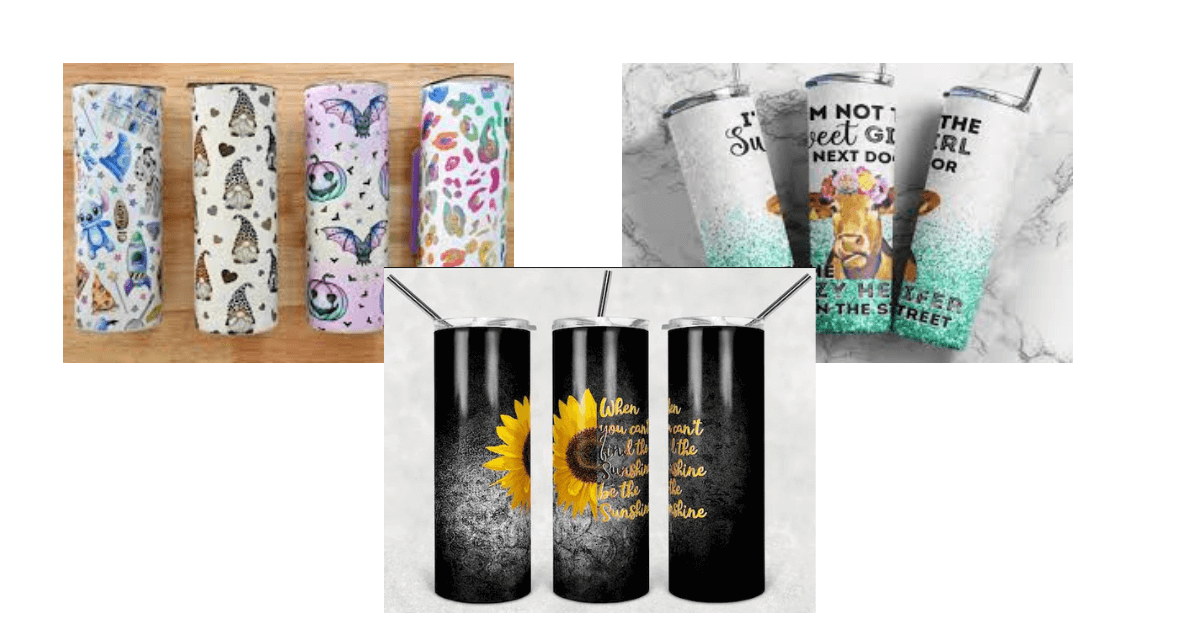
T-Shirts
Layering sublimation on t-shirts is achievable, but it requires extra care to ensure the ink bonds properly with the fabric. Read our guide on sublimated shirts for a step-by-step process.
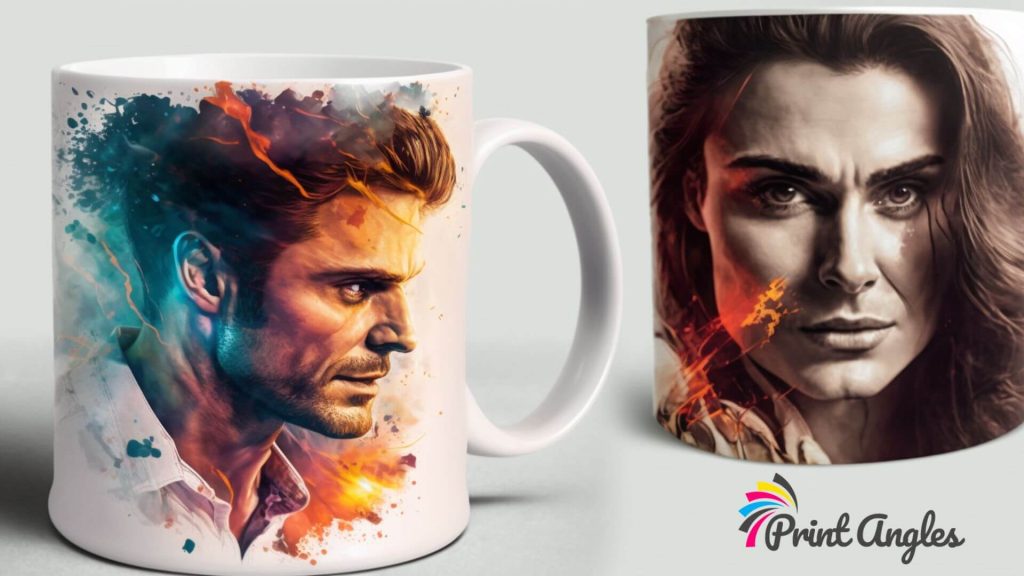
Layering Sublimation: Pros and Cons
Pros
- Enhanced creativity: Layering sublimation enables you to create more intricate and detailed designs, allowing for greater artistic expression.
- Unique effects: With multiple layers, you can achieve unique effects such as shadows, textures, and depth that are not possible with a single sublimation layer.
- Customization: Layering sublimation allows for greater customization, making your projects stand out and cater to specific preferences.
Cons
- Increased complexity: Layering sublimation requires careful planning and precise execution, making it a more complex process compared to single-layer sublimation.
- Potential for errors: As the process involves multiple steps, there is a higher chance of errors, such as misalignment, inadequate bonding, or color bleeding.
- Longer production time: Layering sublimation takes more time to complete, as each layer needs to be printed and pressed separately.
Tips for Successful Layering of Sublimation Prints
Proper Alignment
Ensuring proper alignment of the layers is crucial for achieving professional results. Use registration marks or guidelines to help position the designs accurately. Sublimation design software can be useful for creating these marks and guides.
Pressing Technique
When pressing multiple layers, it is essential to use the correct pressure, temperature, and time settings. The first layer should be fully bonded before applying the next one. Gradually increasing the pressure and time for each layer can help prevent issues such as color bleeding and inadequate bonding.
Test Runs
Before committing to your final project, conduct test runs to perfect your technique and identify potential issues. This step will help you avoid wasting time and materials on unsuccessful attempts.
Layering Sublimation: Applications and Ideas
Apparel
Layering sublimation on apparel, such as t-shirts and hoodies, allows you to create unique and eye-catching designs. Combine different patterns, textures, and colors to make your garments stand out.
Home Decor
Sublimating over sublimation can also be used to create beautiful home decor items, such as cushion covers, wall art, and ceramic plates. Layered designs can add depth and sophistication to these items, enhancing their visual appeal.
Promotional Items
Layered sublimation prints can be used to create custom promotional items, such as tumblers, mugs, and phone cases. These products can help businesses promote their brand in a creative and memorable way.
Personalized Gifts
Sublimating over sublimation can be used to create personalized gifts for various occasions, such as birthdays, anniversaries, and holidays. Check out our list of sublimation photo gift ideas for inspiration.
Troubleshooting Common Layering Sublimation Issues
Color Bleeding
Color bleeding occurs when the ink from one layer mixes with another layer, causing the colors to appear muddy or distorted. To prevent this issue, ensure proper temperature and time settings during the pressing process.
Misalignment
Misalignment can happen when the layers do not line up correctly, resulting in an unprofessional appearance. Use registration marks or guidelines to help position the designs accurately and prevent misalignment.
Inadequate Bonding
Inadequate bonding happens when the layers do not adhere properly to the material, causing the design to peel or fade. To resolve this issue, make sure to use the correct pressure, temperature, and time settings during the pressing process.
By understanding the pros and cons of layering sublimation, following best practices, and addressing common issues, you can successfully create stunning designs and products that stand out.
Read More: 9 types of sublimation papers
Frequently Asked Questions (FAQs)
Can you sublimate on top of sublimation prints?**
Yes, you can sublimate on top of sublimation prints, but it requires careful planning, the right materials such as sublimation ink and heat transfer paper, and precise temperature and time control to ensure proper bonding between the layers.
Can you layer sublimation on different types of materials?
Layering sublimation is most effective on materials that are suitable for sublimation, such as polyester and coated ceramics. For other materials, it may not yield the desired results or may damage the material. Learn more about the types of sublimation to understand which materials work best.
Can you sublimate a tumbler twice?
Yes, you can sublimate a tumbler twice. However, it is essential to ensure that the first layer of sublimation is properly bonded before applying the second layer. Check out our guide on how to make sublimation tumblers for more information.
How do I ensure the best results when layering sublimation prints?
To achieve the best results, follow these steps:
- Choose the right material for sublimation like sublimation blanks.
- Use a high-quality sublimation printer.
- Select the appropriate sublimation paper.
- Control the temperature and time during the sublimation process.
- Plan and visualize your design using sublimation design software for a crisp sublimated image.
Conclusion
In conclusion, you can sublimate over sublimation to create unique and intricate designs. However, it is essential to follow best practices and use the right materials, printers, and techniques to ensure successful layering.
By adhering to these guidelines, you can elevate your sublimation projects and create stunning, professional-looking items. Remember to explore our blog and other resources for more information and inspiration on sublimation projects.
Recommended: Best Printer for Stickers, Best Printers for T Shirt, how to use sublimation paper? use of any printer for sublimation, ideas for sublimation

I’m Derrick Flora and I am the owner of Printangles.com. I am the father of 2 angles and 1 boy and I am 37 years old. I had done Bachelor in Fashion and Textile Studies from FIT State University of New York. It’s been 7 years since when started the sublimation business. I sublimated mugs, t-shirts, canvas, and many more. And we have analyzed some things that beginners don’t apply the actual strategies to complete the project. And those strategies are making your sublimation better onto the material. What do beginners do, they just buy the sublimation printer and the heat press without knowing about them.

